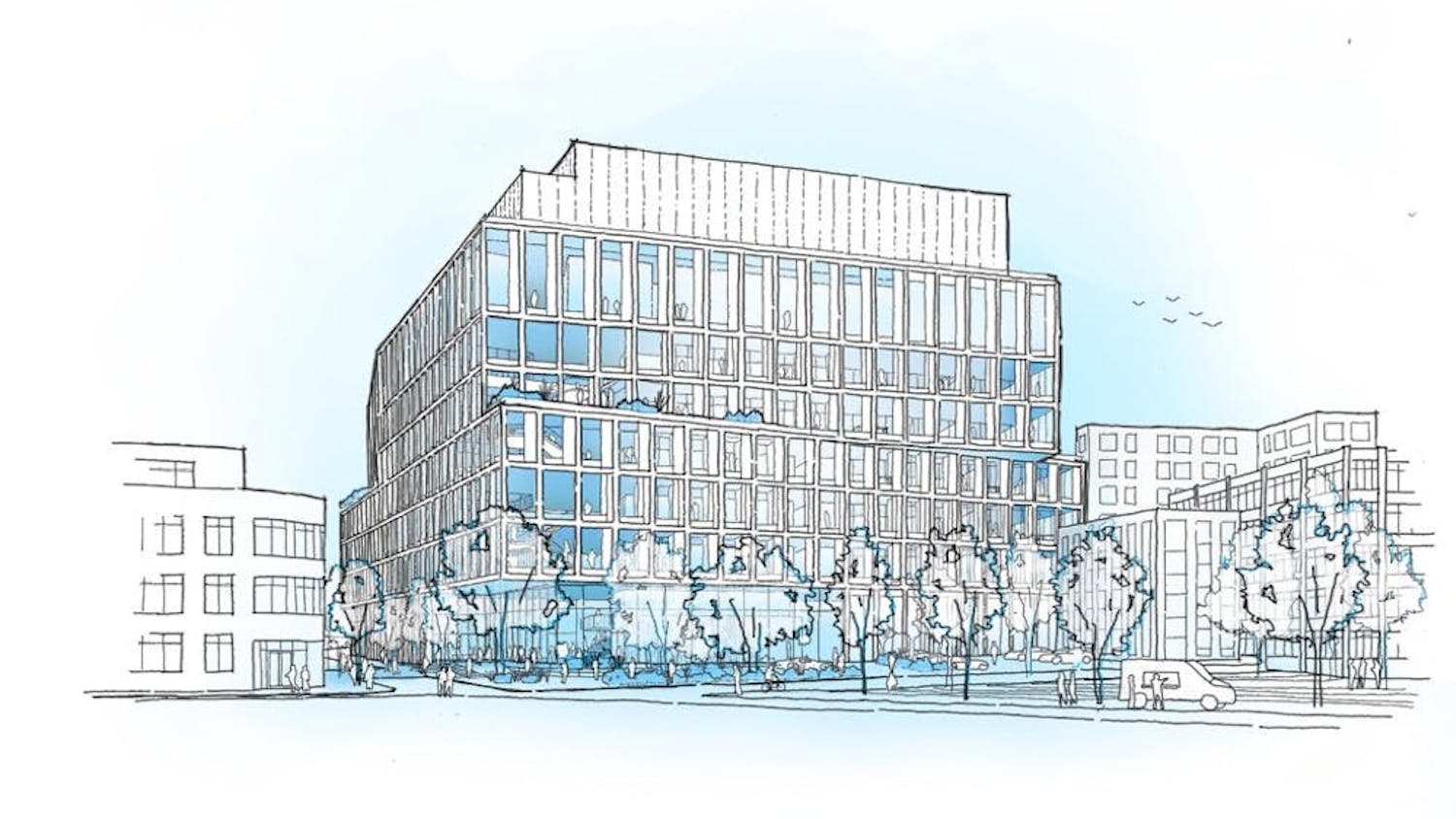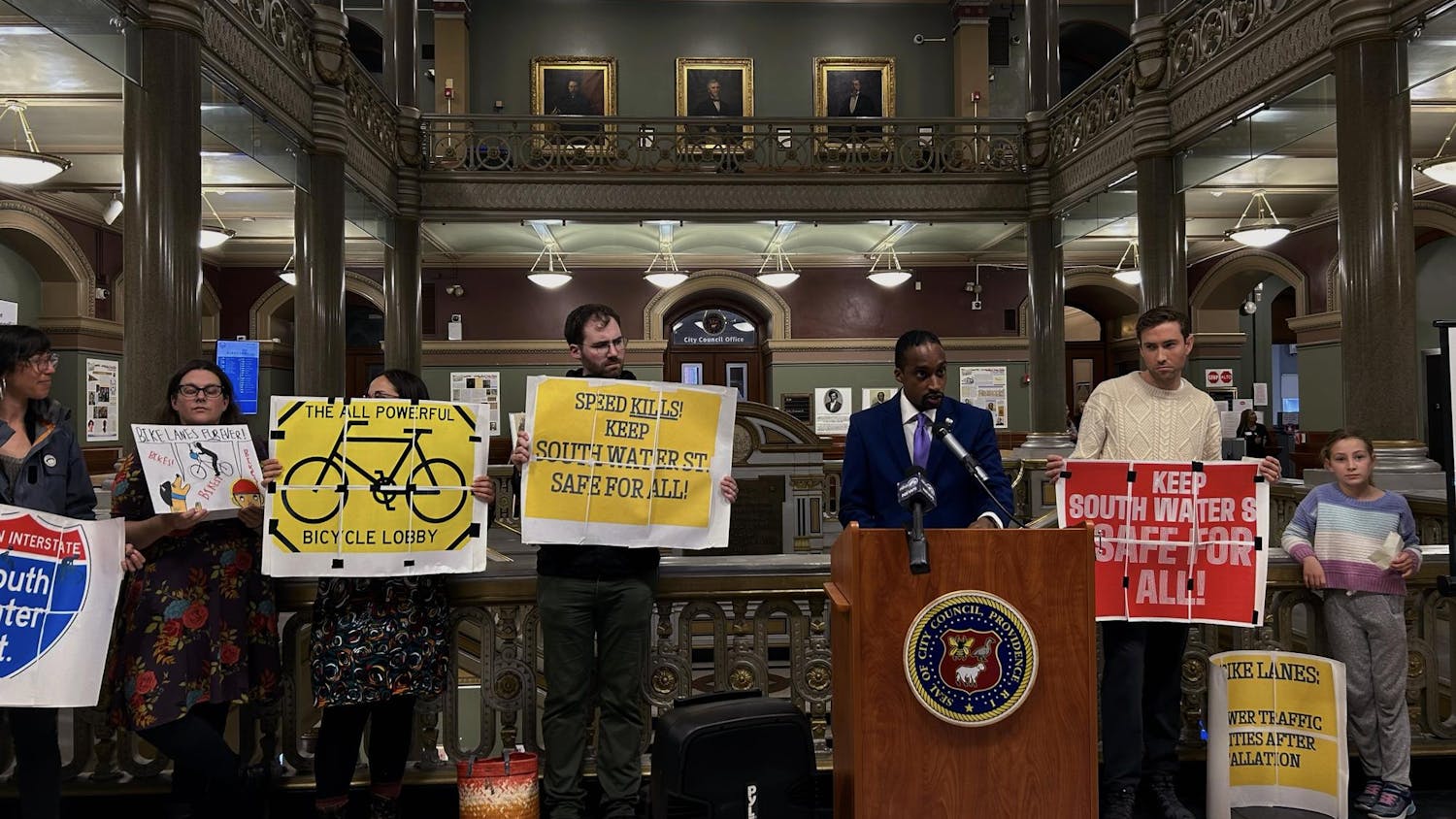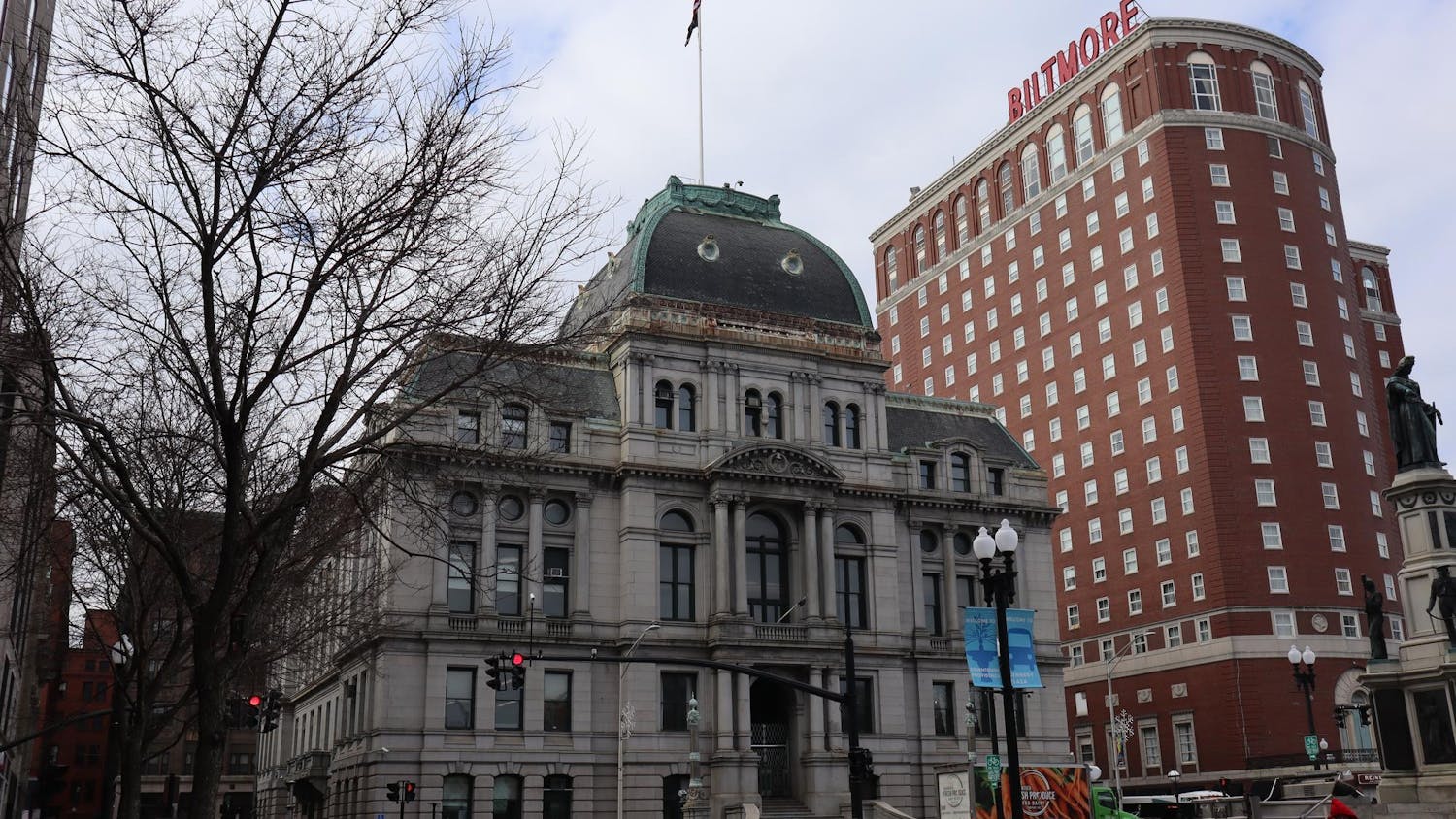Providence will reapply for a federal grant by the end of this month to partially fund a streetcar starter line running between Upper South Providence and College Hill.
The city applied for the Transportation Investment Generating Economic Recovery discretionary grant from the U.S. Department of Transportation last year, but the process is “extremely competitive,” said Amy Pettine, planning director for the Rhode Island Public Transit Authority. RIPTA is helping facilitate the TIGER grant application and would receive the funds from the U.S. Department of Transportation if granted, she said.
The streetcar project is estimated to cost $114.37 million, according to a project document provided by Bonnie Nickerson, director of the long-range planning division for the Providence Department of Planning and Development.
For this round of TIGER grant applications, the city will request $29 million to fund about 25 percent of the project, as opposed to the $39 million it asked for last year to finance 34 percent, Nickerson said. The change was made to better align with the size of the federal grants that have been awarded recently, she added. Tax Increment Financing bonds would cover about 56 percent of costs — up from the 47 percent suggested in the previous TIGER application — and state dollars would cover the remainder of the cost, including funding from the Congestion Mitigation and Air Quality Improvement Program, the I-195 land transfer and the Rhode Island Capital Plan Fund, Nickerson added.
Implementation of a streetcar line would create jobs, spur economic expansion, increase property values in the area and provide environmental benefits, such as a decrease in the city’s overall carbon footprint, according to the streetcar project summary.
The streetcar project has two primary goals: “improving mobility and transportation choices for people downtown” and supporting “economic development and growth,” Pettine said.
“It extends the walkability of the city by bringing people in a reliable, user-friendly way to more places,” she said, adding that a line would help create a “multimodal, cool city that people want to be in.”
“Rail has been proven to incentivize development because of its permanence, because of its attractiveness as a transit mode,” Pettine said, referencing the recent RIPTA-led Providence Core Connector Study.
Unlike bus routes that can move locations over time, a fixed rail line “shows a permanent investment,” Nickerson said.
A rail increases property values in nearby areas because of its utility, Nickerson said, adding that property values would likely increase within a quarter-mile radius of the proposed line.
While city officials and RIPTA will put forward the TIGER grant application, the I-195 Redevelopment District Commission “voted unanimously to endorse the proposed submittal,” said Colin Kane, chairman of the commission. The streetcar line would run through the 195 district and would be “a good investment” and “a terrific addition to the transportation options downtown,” he said.
“We picked the route specifically because it touches on the most property that could be enhanced by this investment,” Nickerson said.
Providence’s interest in developing a modern streetcar system falls in line with other cities across the country, Pettine said. Cincinnati, Kansas City, Mo., and Portland, Ore., have already installed or plan to install lines, but Providence could have the first modern streetcar system in New England, she said.
Providence had a streetcar line that ran through the Thayer Street bus tunnel in the past, Pettine said. “Being a historic tunnel that previously had streetcars, it’s a great historic reuse.”
Underground utilities are a significant challenge and may need to be relocated for the line to be built, Pettine said. A streetcar is “not like a bus, which can deter or drive around the hole” when work is being done on utilities, she said. The city needs to consider whether the utilities should be relocated away from where the tracks would run or whether an agreement should be drawn up to shut down the streetcar service when work needs to be done below the line, she added.
Assembling the “financing pieces” from local, state and federal levels is likely to be difficult, Nickerson said. Though it will require significant effort from the Department of Planning and Development, Nickerson said she is confident the pieces will eventually come together.
Even if Providence does not receive federal grant money through the upcoming round of TIGER applications, the city will remain committed to implementing a streetcar line and will look to other sources of federal funding, as well as consider applying for a TIGER grant for a third time next year, Nickerson said. If the city does receive funding, it will enter an “engineering and final design stage” before beginning construction, she said. If Providence is selected for the grant this year, the streetcar line would begin running in 2018.

ADVERTISEMENT




